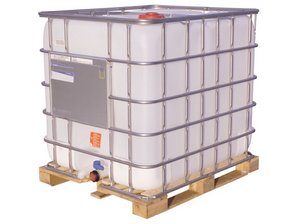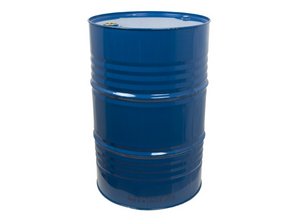
Diethanolamine pure
Is produced by means of rectification of industrial triethanolamine. Used in organic synthesis (for adsorption of sour gases and sulphuric substances), as reagent for analytic chemistry, for production of emulsifiers, cleaning agents and cosmetics.
Characteristics of diethanolamine pure
Design specification: TU 2423-178-00203335-2007
| Parameter | Value |
|---|---|
| Appearance | Viscous transparent fluid or crystals from colorless to light yellow |
| Ethanolamines (in conversion to diethanolamine), % wt., within | 98 |
| Refractive index nD20, within | 1.4760–1.4790 |
| Appearance of diethanolamine water solution with volume tratio 50 % (solubility in water) | Clear solution, little opalescence is allowed |
| Crystallization point, °С, min. | 25.7 |
Packing, shipping, storage: Diethanolamine pure is to be filled up in steel barrels of type I and II under GOST 6247 and 1A1 type under GOST 13950 and other containers confirming its chemical resistance. Diethanolamine pure is to be stored in hermetically sealed containers. Transportation by roofed railway, motor or sea transport in accordance with the Regulations concerning Transportation of the Goods, applicable for this mode of transport. Warranty shelf life - 1 year from production date.
Manufacturer: Kazanorgsintez




